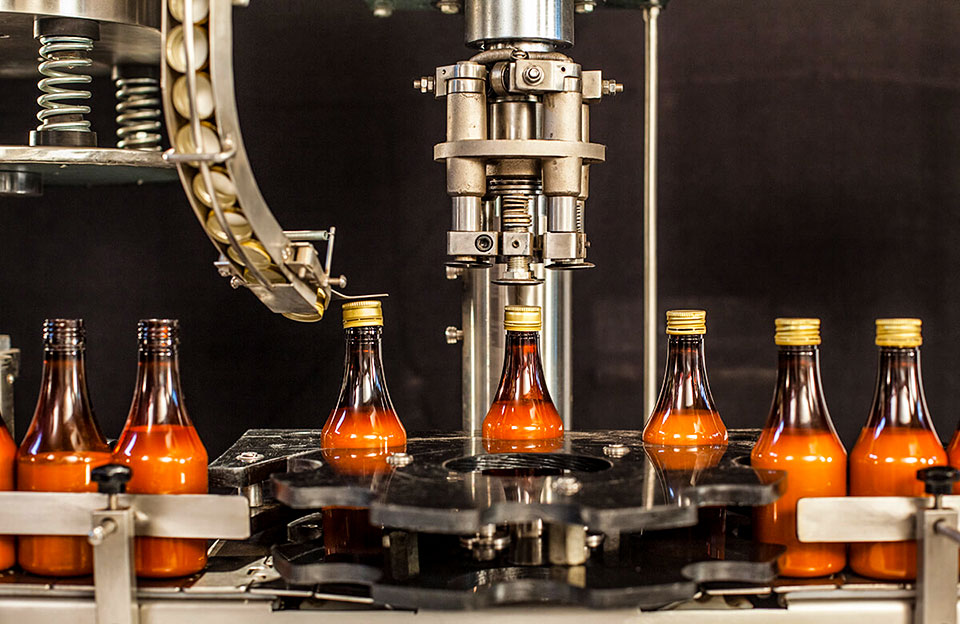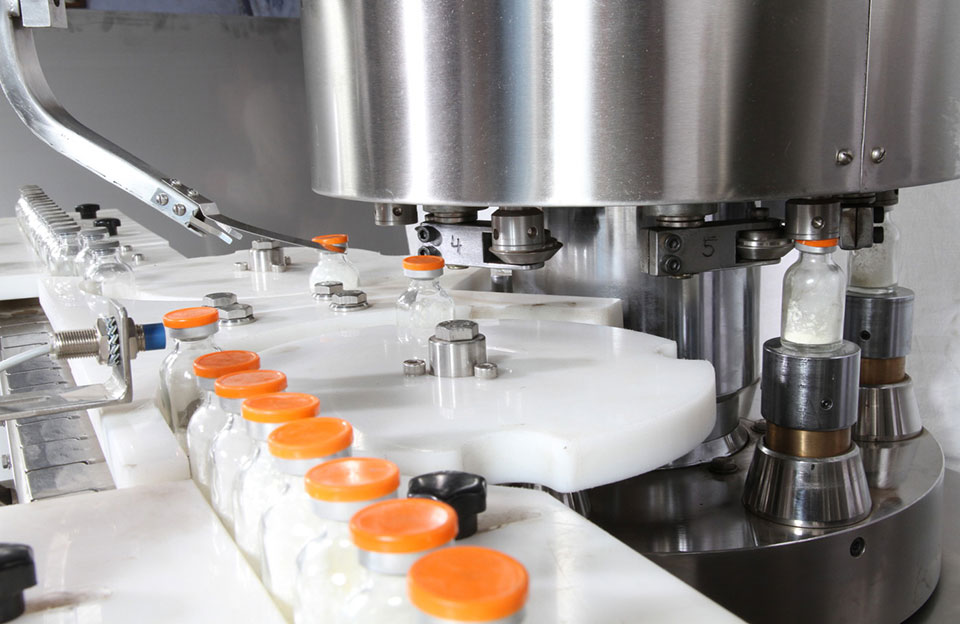Capping machines are essential equipment used in various industries to securely seal containers with caps or closures. They automate the capping process, ensuring efficiency, accuracy, and consistent sealing. Capping machines are designed to handle different types of caps, such as screw caps, snap-on caps, press-on caps, or crimp caps, depending on the industry’s specific requirements. Capping machines are widely used in industries such as food and beverage, pharmaceuticals, cosmetics, chemicals, and more. It is important to take some methods to maintain capping machines for smooth operation.
The Importance of Maintaining Capping Machines
It is crucial to Maintain capping machines for their optimal performance and longevity. Regular maintenance helps ensure the capping machines operate efficiently, consistently, and safely. Here are some key reasons why maintaining capping machines is important:
- Equipment Reliability: Regular maintenance minimizes the risk of unexpected breakdowns or malfunctions. By performing routine inspections, cleaning, and lubrication, potential problems can be identified and resolved, ensuring the reliable operation of the capping machine during production.
- Efficiency and Productivity: A well-maintained capper that operates at peak performance levels can increase efficiency and productivity. A functioning machine can cap containers quickly and consistently, minimizing downtime and maximizing production. Regular maintenance helps identify and resolve inefficiencies or performance issues to keep machines running smoothly.
- Efficiency and Productivity: Well-maintained capping machines operate at optimal performance levels, improving efficiency and productivity. Properly functioning machines can cap containers quickly and consistently, minimizing downtime and maximizing production output. Regular maintenance helps identify and address any inefficiencies or performance issues, allowing the machine to run smoothly.
- Cost Savings: Investing in regular maintenance of capping machines can lead to long-term cost savings. Timely maintenance reduces the likelihood of major breakdowns or equipment failures, which can be expensive to repair. Additionally, properly maintained machines experience less wear and tear, leading to extended equipment lifespan and reducing the need for premature replacement.
- Safety: Maintaining capping machines is essential for ensuring operator safety. Regular inspections can identify potential safety hazards, such as faulty components or loose parts, which can cause accidents or injuries. Proper maintenance minimizes risks and ensures that safety features, such as guarding or interlocks, function correctly.
- Compliance with Standards: Various industries have specific quality and safety standards that must be adhered to. Regular maintenance of capping machines helps ensure that the equipment meets these standards. It includes verifying the accuracy of torque control, checking cap alignment, verifying tamper-evident features, and ensuring compliance with industry regulations.
- Operational Optimization: Through maintenance activities, adjustments, and calibration, capping machines can be optimized for specific production requirements. Regular maintenance allows fine-tuning the machine, ensuring it performs optimally for different cap types, sizes, or production volumes.
Recommended Preventive Maintenance Schedule for Maintain Capping Machines
A preventive maintenance schedule helps ensure that capping machines operate at their best performance and minimize the risk of unexpected breakdowns. There is a general guideline for a preventive maintenance schedule to maintain capping machines:
Daily Maintenance Tasks:
- Clean the capping machine, removing the product residue or debris.
- Inspect the machine for any signs of damage or wear, such as loose belts or misaligned components.
- Check the lubrication points and apply lubricant as needed.
- Verify that safety features like guards and emergency stop buttons are in place and functioning correctly.
- Ensure the machine operates within the desired parameters, such as torque control or sealing pressure.
Weekly Maintenance Tasks:
- Conduct a more detailed inspection of the machine, focusing on components such as chutes, guides, or transfer belts.
- Clean and inspect the cap feeding and sorting mechanisms, ensuring they are free from debris and properly aligned.
- Verify the torque control or sealing pressure calibration and make necessary adjustments.
- Check and tighten loose connections or fasteners.
Monthly Maintenance Tasks:
- Replace worn-out or damaged parts, such as seals, gaskets, belts, or sensors.
- Clean or replace filters.
- Inspect electrical connections and wiring, ensuring they are secure and free from damage.
- Review the machine’s operation and performance records to identify recurring issues or improvement areas.
Quarterly Maintenance Tasks:
- Perform a thorough inspection of the capping machine, including all moving parts and mechanisms.
- Lubricate all relevant moving components according to the manufacturer’s guidelines.
- Clean and inspect sensors or optical devices used for cap detection or alignment.
- Verify the calibration and accuracy of the machine, particularly torque control or sealing pressure.
Annual Maintenance Tasks:
- Perform a comprehensive inspection and overhaul of the capping machine.
- Replace all necessary wearable components, such as belts, bearings, or pneumatic seals.
- Conduct a thorough cleaning of the machine’s internal and external parts.
- Verify and calibrate all critical settings, including torque control, sealing pressure, or cap alignment.
- Review the machine’s overall performance and consider any necessary upgrades or modifications.
Conclusion
To maintain capping machines effectively, following the manufacturer’s guidelines and recommended maintenance schedules is essential. The machines can ensure smooth operation, prolong longevity, and enhance reliability by following these maintenance practices.


